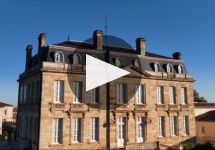Chateau Labegorce 2018
-
Wine
Enthusiast -
James
Suckling -
Jeb
Dunnuck - Decanter
-
Robert
Parker - Vinous
-
Wine
Spectator



Product Details
Your Rating
Somm Note
Winemaker Notes
The 2018 Château Labégorce is a powerful, expressive, precise vintage combining richness, lush fruitiness and unctuous tannins.
Blend: 50% Cabernet Sauvignon, 44% Merlot, 3% Cabernet Franc, 3% Petit Verdot
Professional Ratings
-
Wine Enthusiast
There are notions of some serious wood aging here, which are happily sustained by the black currant flavor and lively acidity. It will be a firm wine for many years before it opens up.
Barrel Sample: 93-95 -
James Suckling
This is a plump and rich Labégorce with a full body, juicy tannins and a long and flavorful finish. Lots of pure and intense fruit.
Barrel Sample: 93-94 -
Jeb Dunnuck
The 2018 Château Labegorce is a perfumed, already complex Margaux based on 50% Cabernet Sauvignon, 44% Merlot, and the rest Cabernet Franc and Petit Verdot. Its medium ruby hue gives way to lovely notes of blueberries, raspberries, flowers, sandalwood, and assorted baking spice cabinet-like nuances. Medium to full-bodied, with beautifully pure fruit and silky tannins, it's a wine that grows on you with time in the glass. It's not a blockbuster, but it exudes elegance and class as well as balance. Enjoy bottles any time over the coming 20-25 years or more.
-
Decanter
Strong grilled oak on the nose that will settle down but definitely needs time. Black fruit comes through on the palate, and a ton of juice that is shot through the fruit and helps the entire thing to power along enjoyably. Good-quality. Drinking Window 2024 - 2042
-
Robert Parker's Wine Advocate
The 2018 Labégorce is a blend of 50% Cabernet Sauvignon, 44% Merlot, 3% Cabernet Franc and 3% Petit Verdot. It has 14% alcohol. Deep garnet-purple colored, it leaps from the glass with a beautiful perfume of kirsch, black cherry compote and cassis, plus hints of licorice, lilacs and baking spices. The medium-bodied palate is elegantly played with soft tannins and compelling freshness supporting the fragrant red and black fruits, finishing on a spicy note.
-
Vinous
The 2018 Labegorce has a very seductive bouquet of pure black cherries, blueberry and crushed floral scents. This is one of the more precocious 2018 Margaux, revealing an increasing floral element with aeration. The palate is medium-bodied with sappy red and black fruit laced with tar and licorice. Very cohesive, tightening up toward the finish, which retains fine nuance and mineralité.
-
Wine Spectator
Silky and refined in feel, with perfumy black currant paste, plum reduction and blackberry compote notes forming the core while sandalwood, black tea and cedar accents drape the finish. Best from 2022 through 2034.
Other Vintages
2024-
James
Suckling - Vinous
- Vinous
-
James
Suckling - Decanter
-
Jeb
Dunnuck
- Decanter
-
Jeb
Dunnuck - Vinous
-
James
Suckling
-
Jeb
Dunnuck - Vinous
-
James
Suckling - Decanter
- Decanter
-
James
Suckling -
Jeb
Dunnuck - Vinous
-
Robert
Parker
- Vinous
-
Jeb
Dunnuck - Decanter
-
James
Suckling -
Robert
Parker -
Wine
Spectator
-
Jeb
Dunnuck - Decanter
-
Wine
Spectator -
James
Suckling -
Wine
Enthusiast -
Robert
Parker
-
James
Suckling -
Wine
Enthusiast -
Jeb
Dunnuck - Decanter
-
Robert
Parker -
Wine
Spectator
-
Wine
Enthusiast -
Jeb
Dunnuck -
James
Suckling -
Robert
Parker - Decanter
-
Robert
Parker -
Wine
Enthusiast -
James
Suckling -
Wine
Spectator
-
Robert
Parker -
Wine
Spectator
-
Wine
Spectator
-
Wine
Enthusiast -
Wine
Spectator
-
Wine
Enthusiast -
Wine
Spectator
-
Wine
Enthusiast -
Wine
Spectator
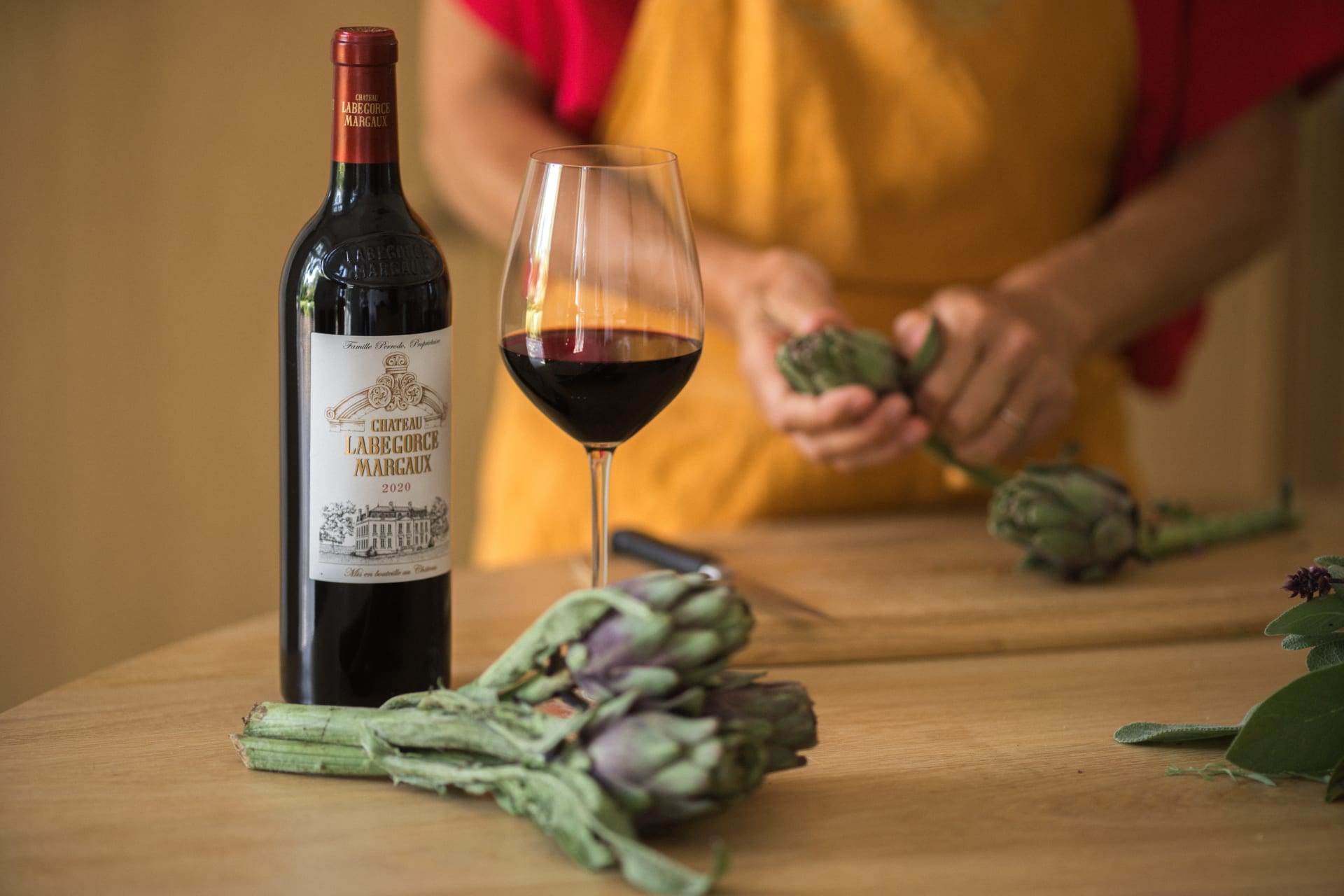
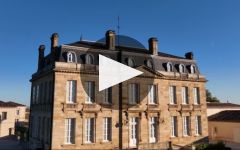
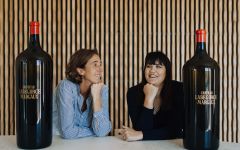
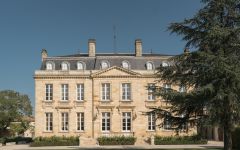
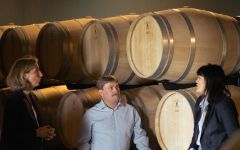
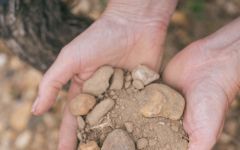
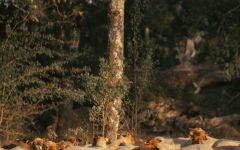
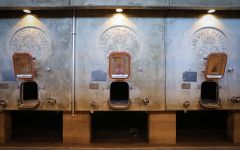
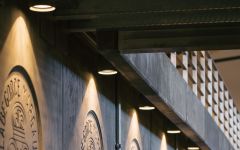
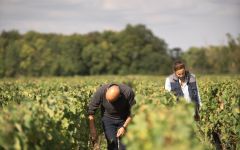
The story of the Perrodo Estates began with Hubert Perrodo, a man of great passion whose conquering, pioneering spirit made him determined to think and act differently. His fondness for this adopted region prompted him to invest in the vineyards of Bordeaux, and in 1989 he purchased Château Labégorce Margaux with the aim of making it into one of the greatest Margaux estates.
In 2006, his taste for new challenges and his eagerness to revive what he saw as a place of enormous potential led him to acquire Château Marquis d’Alesme Becker, third Grand Cru Classé, an estate in the heart of Margaux village where he embarked upon an extensive refurbishment project.
Since 2009, Nathalie Perrodo has embodied the continuity of her family’s values in these estates. Her watchwords are Confidence, Boldness and Action. She has initiated a new vision of what great Bordeaux wines can offer, combining outstanding terroir, centuries-old tradition and a unique vision of contemporary luxury. Under her leadership, and with her team headed by Marjolaine de Coninck, ambitious work has been undertaken to highlight the key assets of each estate. A new era bearing the stamp of modernity has begun. In 2020 the Domaines Perrodo grew further with the acquisition of Château La Tour de Mons in the north of Margaux, a continuous estate surrounded by woodland that is a huge biodiversity reservoir steeped in history. With this new acquisition, the Perrodo family joins a long line of wine-growers who have loved this land over the centuries.
Nathalie and Marjolaine form a uniquely energetic duo supported by the values that make the Domaines Perrodo into an enterprise turned squarely towards the future. Always eager to rise to new challenges and apply innovative methods, they now manage 140 hectares of vineyards in Margaux.

One of the world’s most classic and popular styles of red wine, Bordeaux-inspired blends have spread from their homeland in France to nearly every corner of the New World. Typically based on either Cabernet Sauvignon or Merlot and supported by Cabernet Franc, Malbec and Petit Verdot, the best of these are densely hued, fragrant, full of fruit and boast a structure that begs for cellar time. Somm Secret—Blends from Bordeaux are generally earthier compared to those from the New World, which tend to be fruit-dominant.

Silky, seductive and polished are the words that characterize the best wines from Margaux, the most inland appellation of the Médoc on the Left Bank of Bordeaux.
Margaux’s gravel soils are the thinnest of the Médoc, making them most penetrable by vine roots—some reaching down over 23 feet for water. The best sites are said to be on gentle outcrops, or croupes, where more gravel facilitates good drainage.
The Left Bank of Bordeaux subscribes to an arguably outdated method of classification but it is nonetheless important in regards to history of the area. In 1855 the finest chateaux were deemed on the basis of reputation and trading price—at that time. In 1855, Chateau Margaux achieved first growth status, yet it has been Chateau Palmer (officially third growth from the 1855 classification) that has consistently outperformed others throughout the 20th century.
Chateau Margaux in top vintages is capable of producing red Cabernet Sauvignon based wines described as pure, intense, spell-binding, refined and profound with flavors and aromas of black currant, violets, roses, orange peel, black tea and incense.
Other top producers worthy of noting include Chateau Rauzan-Ségla, Lascombes, Brane-Cantenac, and d’Issan, among others.
The best wines of Margaux combine a deep ruby color with a polished structure, concentration and an unrivaled elegance.
